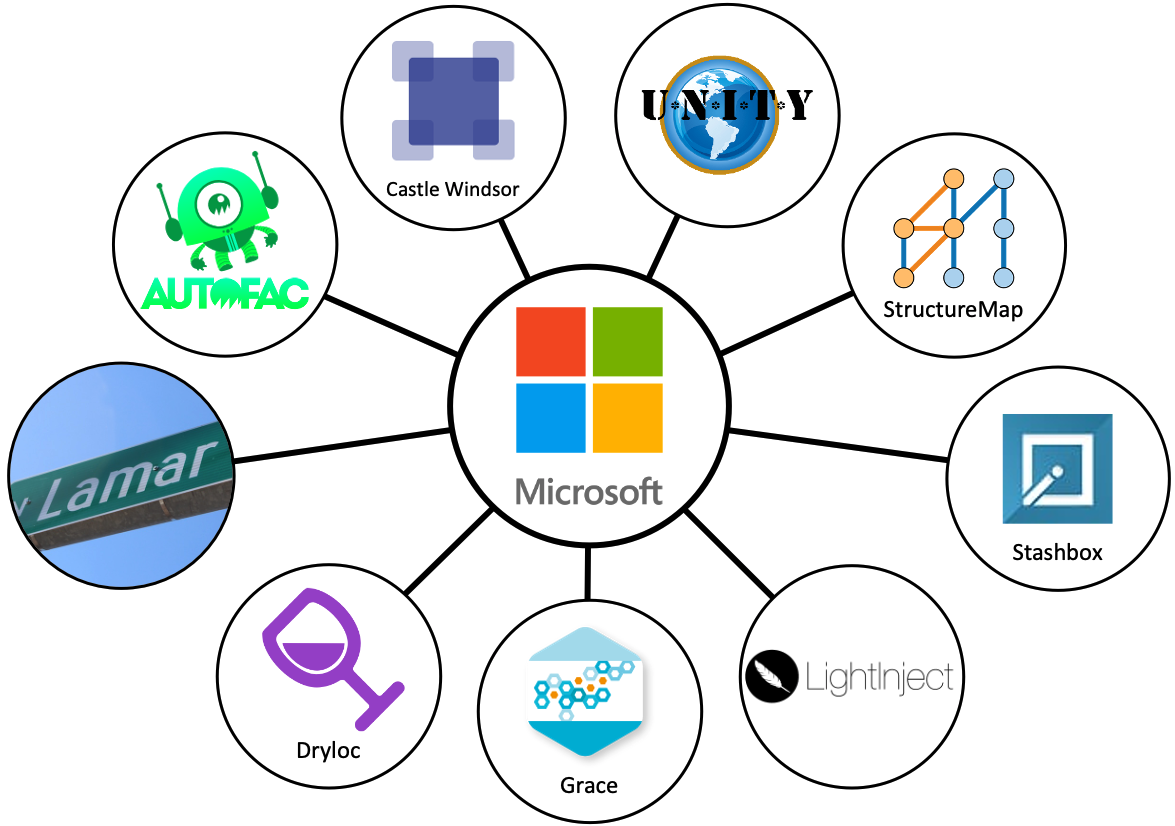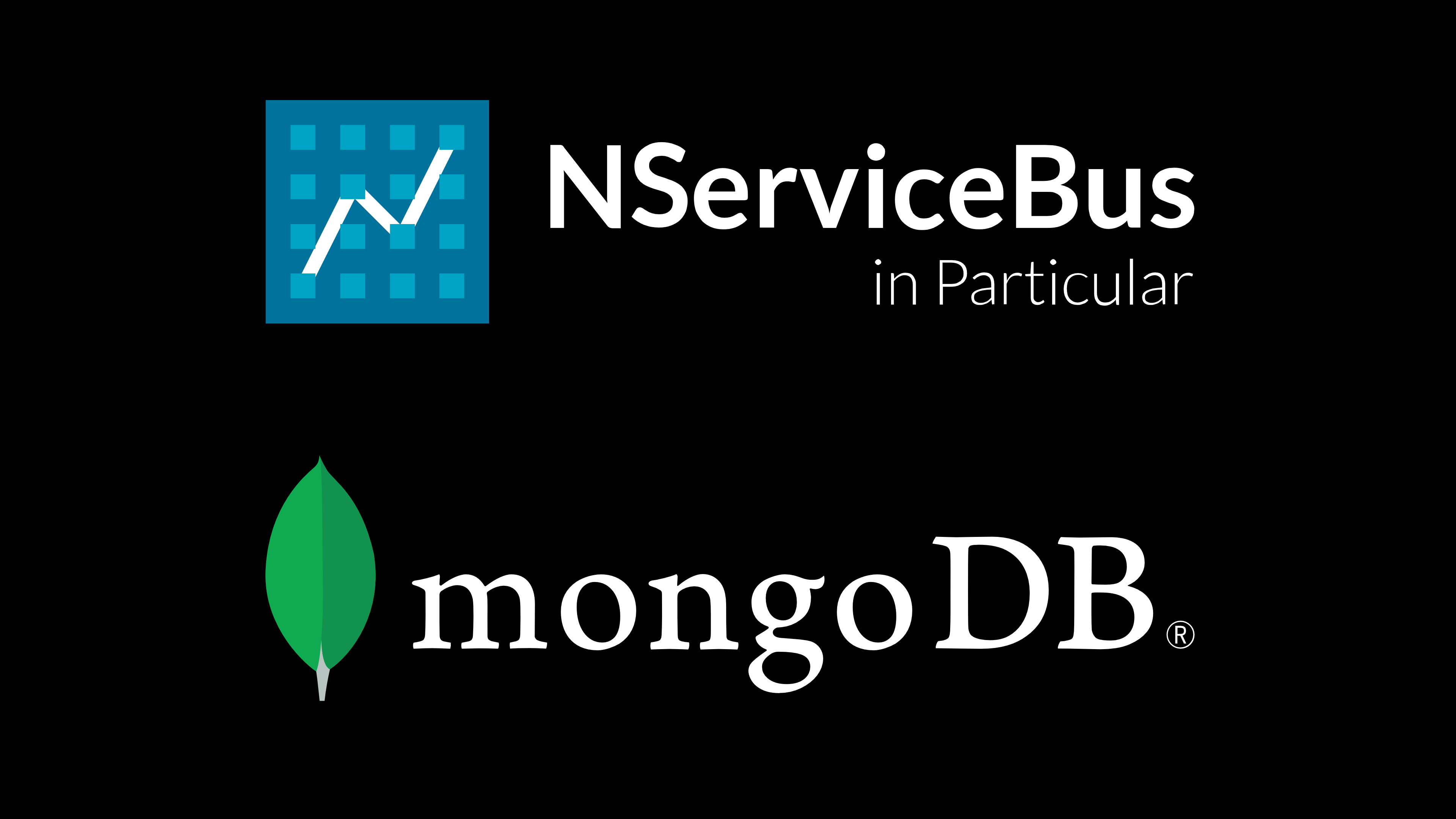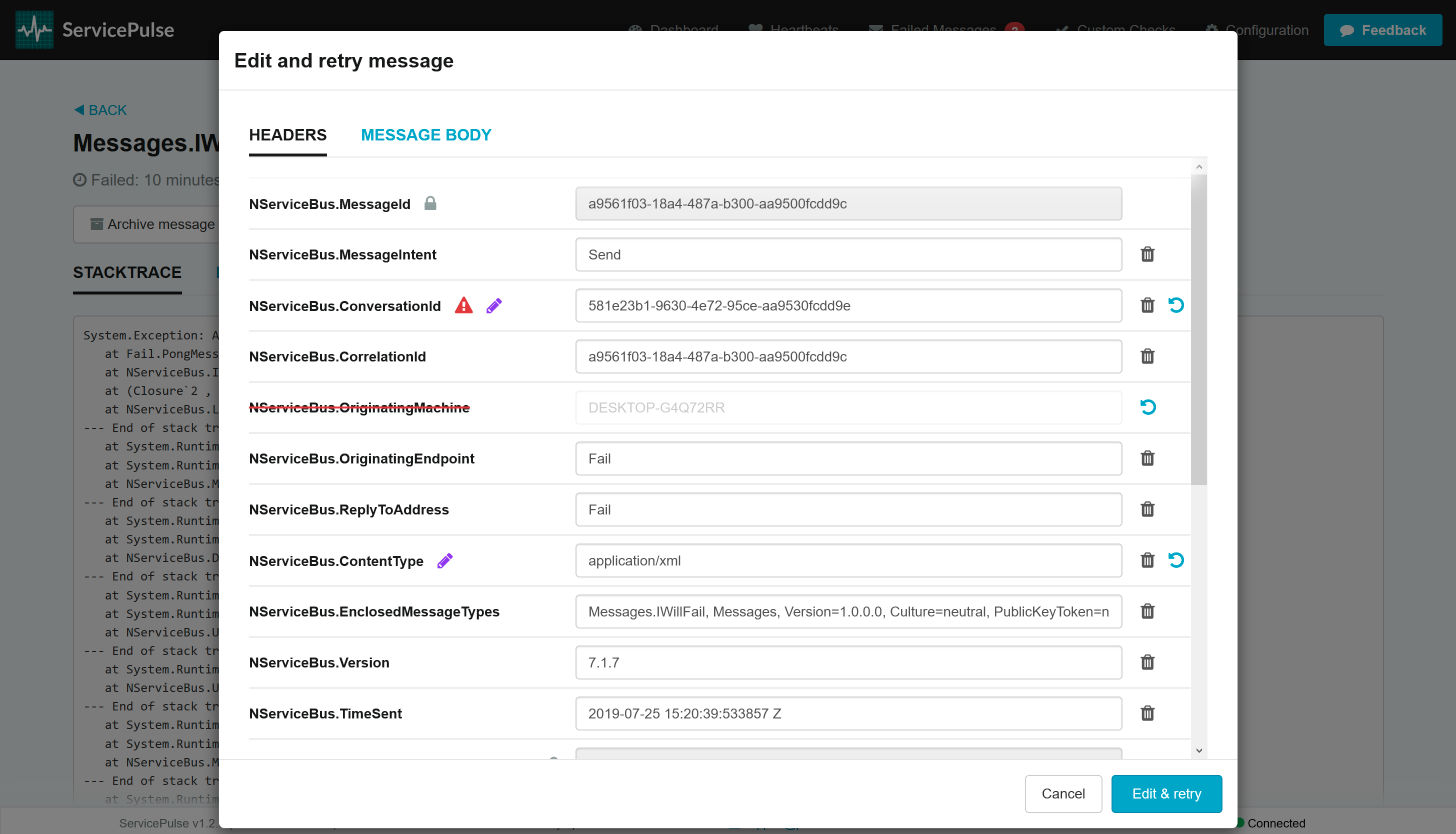NServiceBus now supports Microsoft Extensions DependencyInjection

The history of dependency injection (DI) containers in .NET is almost as long as .NET itself. StructureMap and Castle Windsor were released in 2004, Spring.NET in 2005, and more after that, each with their own unique API, some more opinionated than others.
And yet each of these libraries fulfills a fairly simple task: a place to hold on to dependencies so that objects can get them when they need them.
With .NET Core, Microsoft has created a DI container abstraction that is quickly becoming a de facto standard: Microsoft.Extensions.DependencyInjection.
NServiceBus now supports this same container abstraction via our new NServiceBus.Extensions.DependencyInjection package, which means you can use any container that conforms to the Microsoft abstraction with NServiceBus. This has a ton of advantages, but also means the time has come to retire our existing container adapters.
Read more










